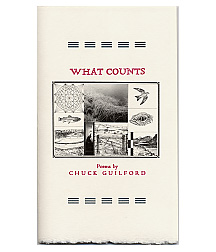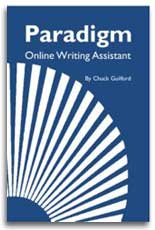Compare or Contrast
The thoroughness of the comparison depends upon our purpose in making it.
Seeing an object or idea alongside similar one directs our attention to points of likeness and difference. This gives us a better idea of
their distinctive and shared features. Thus, we can give a more exact understanding of what an elk is like by showing how it differs from a deer or a moose than by simply describing the elk in isolation. The thoroughness of the comparison depends upon our purpose in making it. Sometimes just a passing reference will be enough: Ice slabs floated on the river like scattered pieces of a child's jigsaw puzzle.
Other times you may want to be more thorough, devoting a full paragraph to the comparison. Either way, look for definite points of correspondence and difference. These are the foundation of your comparison. In an extended comparison, you can use these points as a basis of organization (point by point structure), moving back and forth from one item to another. Or you can discuss one item fully and then discuss the second (item by item structure), being careful to cover the same points for each. These two patterns are illustrated below:
| Point by Point Structure | Item by Item Structure |
| Point 1: item A, item B | Item A: point 1, point 2, point 3, point 4 |
| Point 2: item A, item B | Item B: point 1, point 2, point 3, point 4 |
| Point 3: item A, item B | |
| Point 4: item A, item B |
Either pattern will work although their effects are different. Point by point emphasizes specific features. Item by item emphasizes the items as wholes. Whichever pattern you select, be sure to keep your attention, and your reader's, on specific features that provide a basis for comparison.
Activity
6.14 Use comparison or contrast to develop two of the following sentences. Use point by point organization for one and item by item for the other.
a. Snowshoeing and cross country skiing have much the same appeal.
b. My own vegetable soup is not at all like the canned variety.
c. Bicycles and motorcycles are not so different as you might think.
d. Ants and humans have more in common than most people realize.
e. Seeing a movie in a theatre is totally different from seeing it on television.
6.15 Look over the skeleton essay you've been working on and see if you can find a spot where you could use comparison to develop your ideas.




